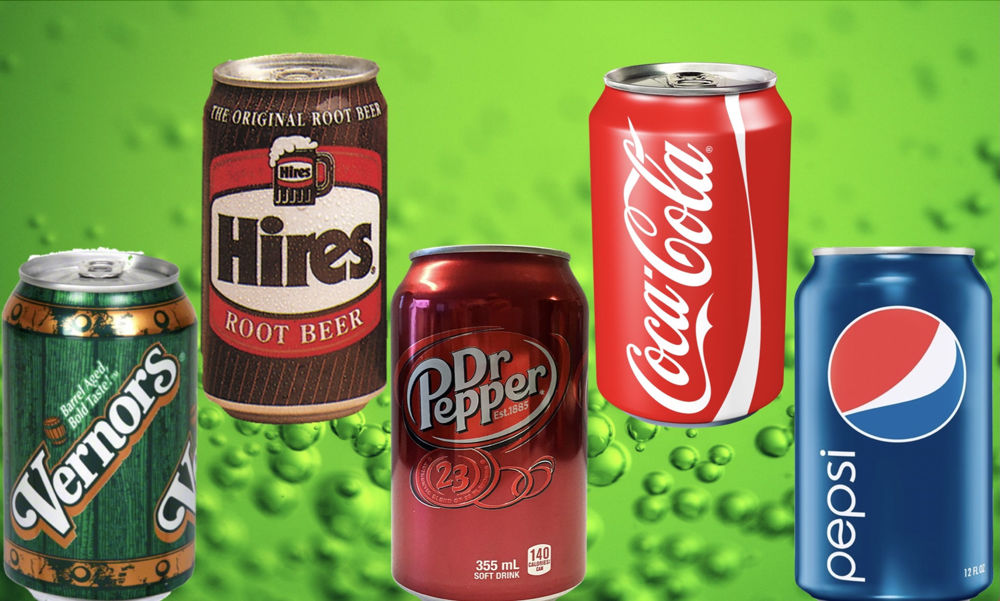 Pharmacies have a long-standing relationship with soda pop. Until the 1970s boom of fast foods, commercial ice cream and bottled soft drinks, soda fountains were practically synonymous with US drugstores, mostly because the carbonated concoctions were often born out of medical experimentation. In fact, no less than five pharmacists are responsible for inventing some of the world’s most famous fizzy drinks.
Pharmacies have a long-standing relationship with soda pop. Until the 1970s boom of fast foods, commercial ice cream and bottled soft drinks, soda fountains were practically synonymous with US drugstores, mostly because the carbonated concoctions were often born out of medical experimentation. In fact, no less than five pharmacists are responsible for inventing some of the world’s most famous fizzy drinks.
Granted, soda is hardly considered a healthy drink. Though some sweetened drinks can help alleviate indigestion or constipation and provide brief increases of energy, most of them contain few, if any, nutritional value, not to mention ingredients that, if overconsumed, can result in adverse side effects, including reduced testosterone in males.[1] Nevertheless, one cannot disupute their popularity in daily life. And in honor of #NationalPharmacistDay, we break out “a little bit of the bubbly” (non-alcoholic, of course) to sip and savor the effervescent fabrications of these thirst-quenching chemists. After reading, be sure to also check out our feature profiling other notable pharmaceutical phenoms throughout history.
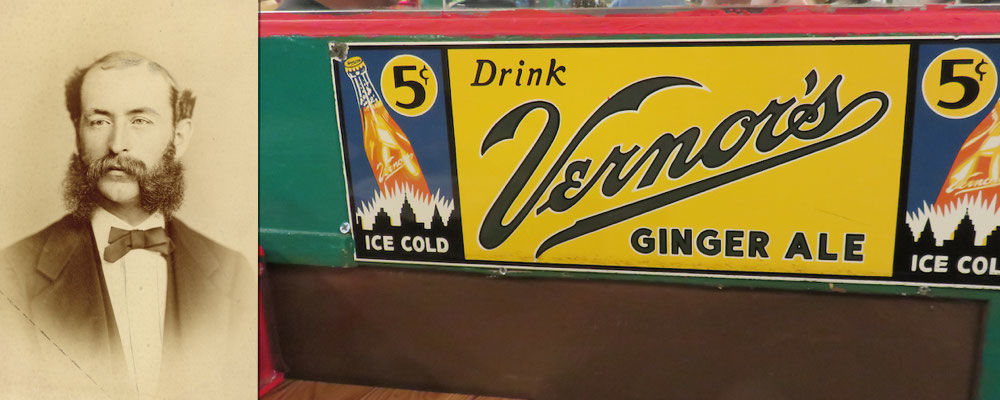
A GINGER TALE
James Vernor was Michigan’s first state-licensed pharmacist with a case of forgetfulness. He experimented with a stomach-soothing tonic of vanilla, spices and ginger when he was called to fight in the American Civil War. Upon his return to Detroit four years later, Vernor realized that he had left his tonic in an oak barrel. To his surprise, the barreled tonic had aged well and tasted a whole lot better. He soon sold and bottled the beverage that Michigan reveres to this day as Vernors Ginger Ale. If that isn’t enough, it’s worth noting that Vernor also established state industry regulations, forming the Michigan Board of Pharmacy and driving the passing of Michigan’s first pharmacy law.
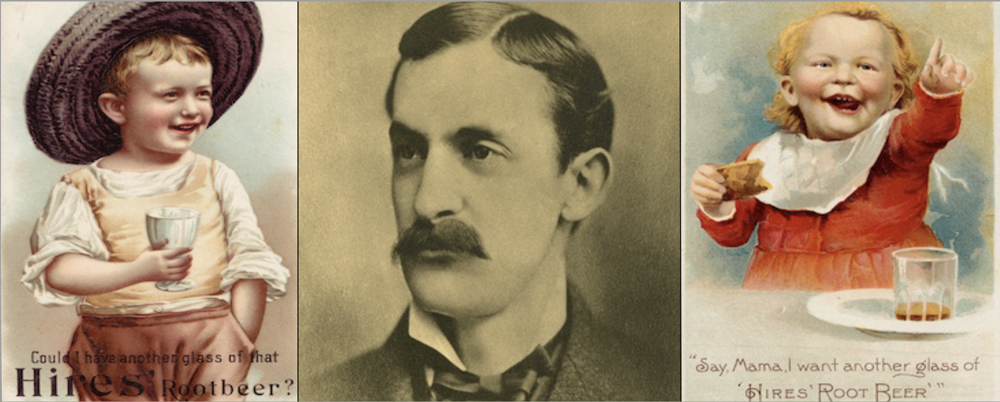
HE ROOTED FOR US
Charles Elmer Hires was a Philadelphia-based pharmacist who, according to reports, was on his honeymoon when he first sampled an herbal tea flavored by roots, berries and herbs. The tasty tisane prompted Hires to refine the mix into a special concoction of his own. He sold Hires Root Tea for a time before he introduced the then-dry extract as the more manly-sounding Hires Root Beer at the 1876 Centennial Exposition in Philadelphia. Though he initially sold it as a concentrate you could make at home by adding water, Hires eventually changed the formula to one that he could bottle himself, and became the first person to brew root beer commercially.
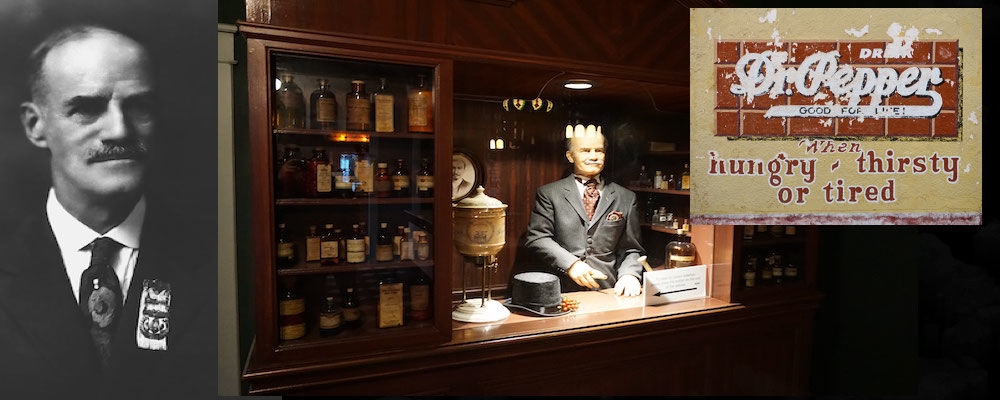
SHOOT ME A WACO, WILLYA, DOC?
Charles Alderton was a pharmacist in Waco, TX, when he created America’s oldest major soft drink brand, Dr Pepper, in 1885. Upon successfully mixing a blend of 23 different flavors to capture the soda fountain aroma that he liked, Alderton and drugstore owner Wade Morrison served it to patrons asking to shoot them a “Waco.” There are many stories as to why the drink was given a new moniker. One report on the Dr Pepper states that Morrison, not Alderton, had renamed the drink after the father of a girl he once loved. We hope she was using her dad’s surname, or such a gesture seems…well, sort of odd.
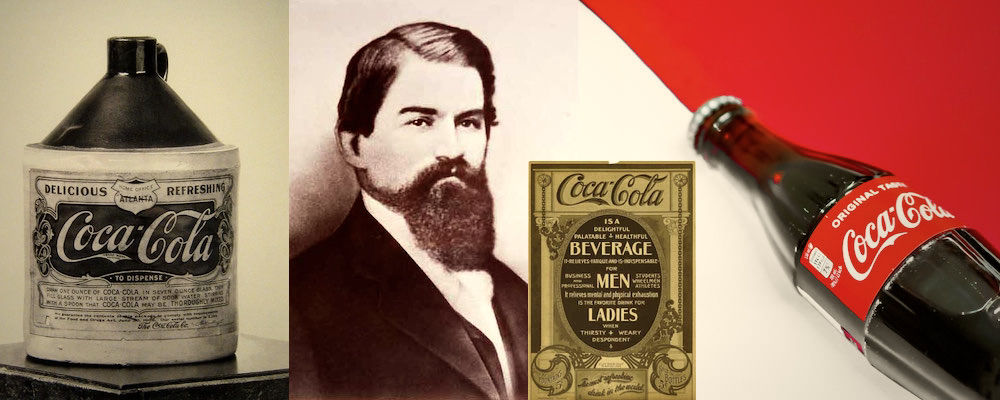
TEMPERANCE WAS NOT HIS VIRTUE
John Stith Pemberton, an Atlanta pharmacist and Confederate States Army veteran seriously wounded in action, created Pemberton’s French Wine Coca in 1885 as a cure for morphine addiction (including his own; thanks a lot, Friedrich Sertürner!) and headaches, a nerve tonic and a mental aid. A year later, upon foreseeing temperance legislation in Atlanta, Pemberton added citric acid to a new, alcohol-free iteration of the drink that eventually became the globally iconic Coca-Cola. Sadly, he didn’t get to enjoy the fruits of his labor, as his personal demons and failing health forced him to sell the company just before he expired in 1888.
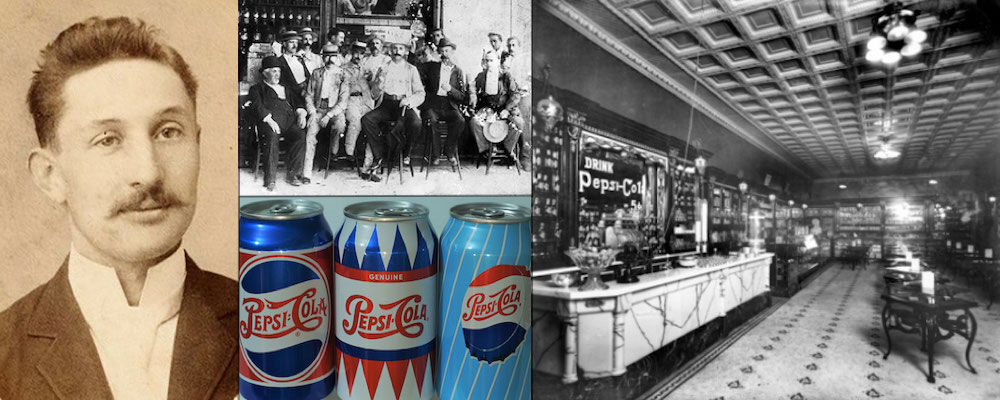
HE WENT WITH HIS GUT
Pharmacist Caleb Bradham owned and operated Bradham’s Drug Store in New Bern, NC when he invented “Brad’s Drink” in 1893 and served it in the store’s soda fountain. Believing his refreshing beverage was also healthy and a great aid to those suffering with dyspepsia (aka indigestion), Bradham opted to rename his drink in 1898. Combining the terms “pepsin” and “cola,” Pepsi-Cola was born. Bradham’s pharmacy in New Bern exists today as a Pepsi memorabilia store, and if you want another reason to appreciate the pharmacist, drink in the knowledge that his creation is also responsible for a 30-second commercial that gave Sofia Vergara her first acting gig.
FOLLOW US ON FACEBOOK, INSTAGRAM, TWITTER AND YOUTUBE
References:
[1]Chen L, Xie YM, Pei JH, Kuang J, Chen HM, Chen Z, Li ZW, Fu XY, Wang L, Lai SQ, Zhang ST, Chen ZJ, Lin JX. Sugar-sweetened beverage intake and serum testosterone levels in adult males 20-39 years old in the United States. Reprod Biol Endocrinol. 2018 Jun 23;16(1):61. doi: 10.1186/s12958-018-0378-2. PMID: 29935533; PMCID: PMC6015465.
